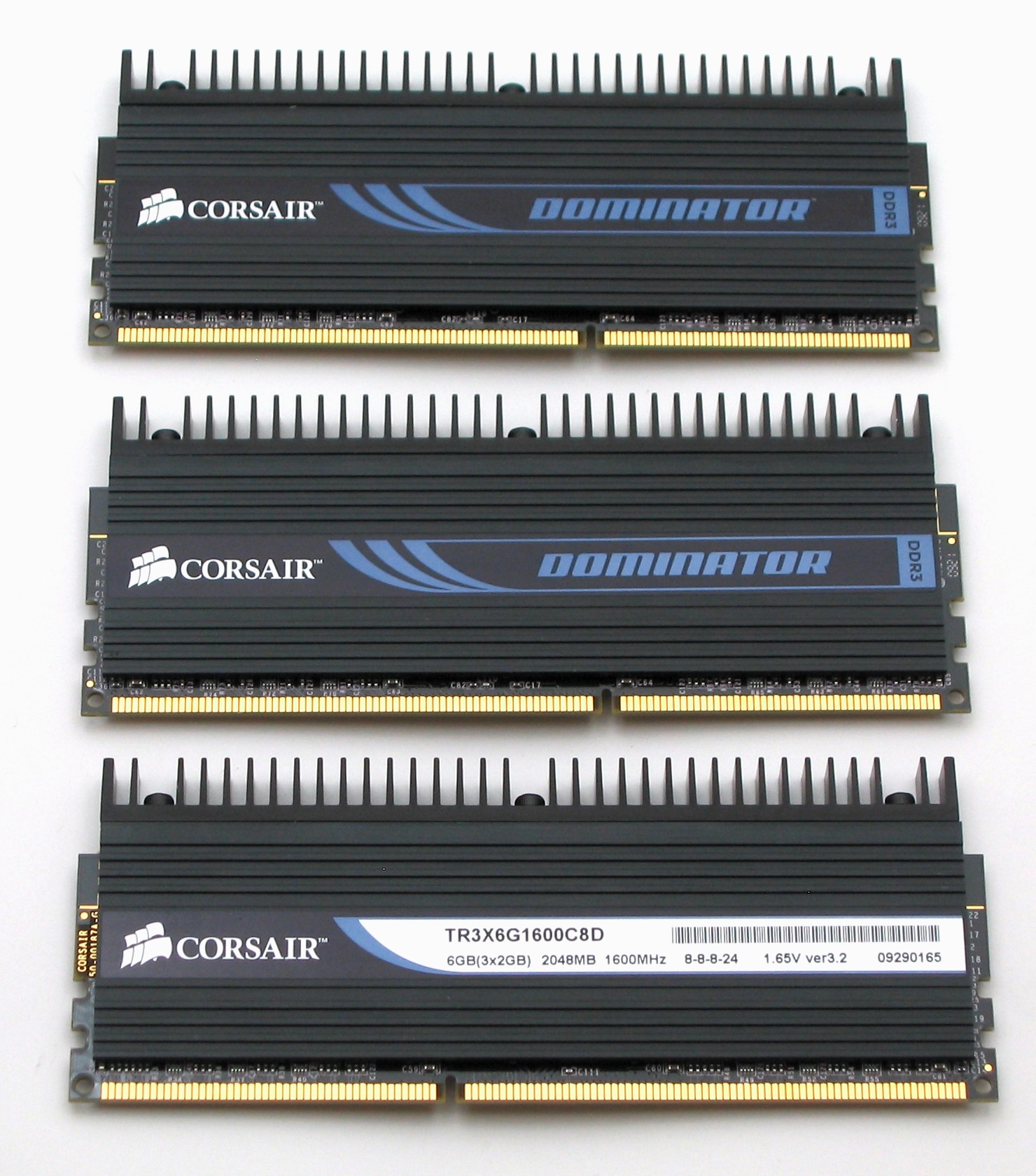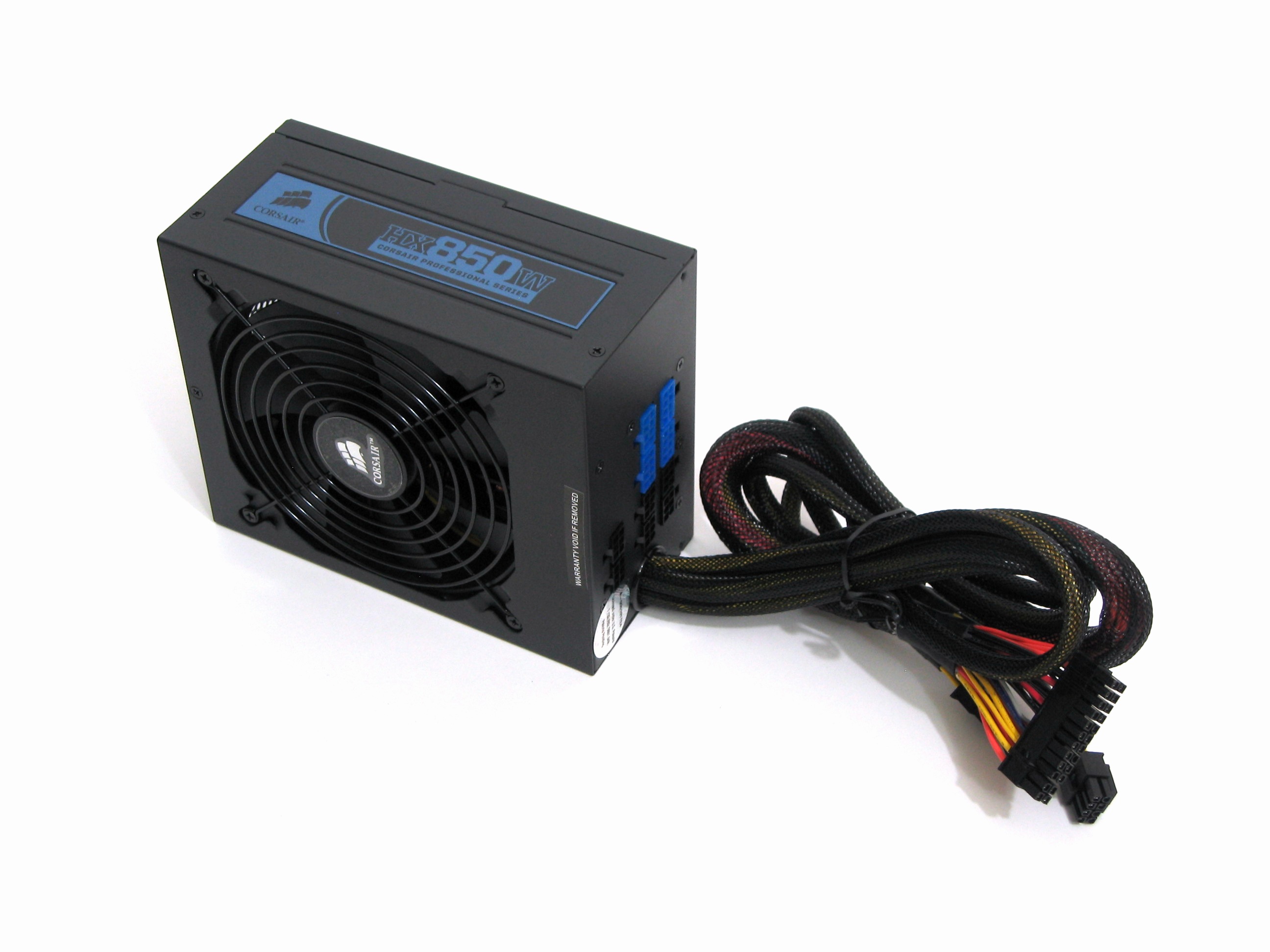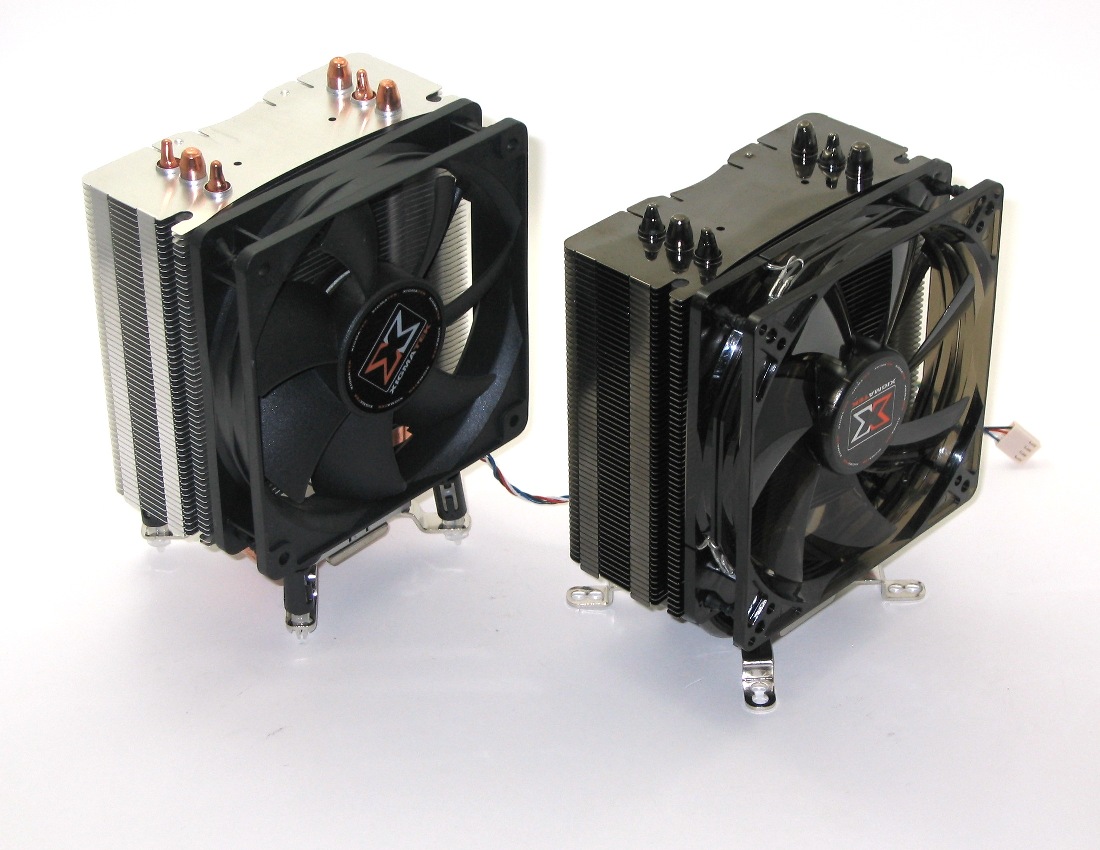Part 1: Building A Balanced Gaming PC
Memory, Hard Drive, Power Supply, Coolers
The following components are outside the scope of comparison here, but still very important to the results we're generating. We don’t want to limit our system with too little memory, a slow hard drive, a flaky power supply, or high temperatures. So, we’ve gathered an assortment of complementary hardware to help address our needs throughout this series.
Special thanks to Corsair, Western Digital, and Xigmatek for arranging the hardware needed to make this entire series possible.
Memory
Corsair Dominator TR3X6G1600C8D
This 6GB triple-channel kit of Corsair Dominator memory is rated DDR3-1600 and CL 8-8-8-24 timings at 1.65V. Corsair backs these modules with a lifetime warranty and uses DHX (Dual-path Heat Xchange) technology to keep them cool.
We’ll be utilizing either two or three sticks of this high-performance memory in each DDR3 platform tested, depending on whether the setup in question employs a dual- or triple-channel controller.
Corsair Dominator TWIN2X4096-8500C5DF G
Get Tom's Hardware's best news and in-depth reviews, straight to your inbox.
For our DDR2 platforms, we’ll use a 4GB dual-channel kit of Corsair Dominator, rated DDR2-1066 and CL 5-5-5-15 2T timings at 2.1V. This kit is also cooled by DHX technology and backed by Corsair’s lifetime warranty.
Hard Drive
Western Digital Caviar Black WD6401AALS
The Western Digital Caviar Black 640GB hard drive offers gamers a good blend of capacity, performance, and affordability.
This 7,200 RPM, SATA 3 Gb/s drive has dual processors, 32MB cache, and is backed by a five year warranty. Bear in mind that using an SSD instead of a mechanical drive like this one will almost certainly improve level load times, but it's less likely to affect your actual in-game performance.
Power Supply
Corsair CMPSU-850HX 850W
The right combination of motherboard, processor, memory, and graphics cards means little without a quality power supply unit capable of providing reliable, clean voltage to our components.
Considering the overclocking desires and multi-GPU configurations that you'll see later in the series, we chose an 850W unit from Corsair. The modular Corsair CMPSU-850HX has a single 70A, +12V rail, six 6+2 pin PCIe power connectors, a seven year warranty, 80 PLUS Gold efficiency certification, and a 140mm temperature-controlled fan.
Coolers
Xigmatek HDT-S1283 & Dark Knight-S1283V
We're utilizing Xigmatek’s HDT-S1283 to cool our Socket AM3 and 775 processors, and the LGA 1366-compatible Dark Knight-S1283V to keep the Core i7-920 running cool. On both heatsinks, Xigmatek uses its HDT (Heatpipe Direct Touch) system for thermal transfer and a PWM-controlled 120mm fan, with rubber mounts, for quiet operation.
Current page: Memory, Hard Drive, Power Supply, Coolers
Prev Page Motherboards Next Page Pricing, Methodology, And A Sample Chart-
yoy0yo Wow, this is an amazingly in depth review! I kinda feel that its sponsered by Asus or Corsair, but I guess you kept with the same brand for the sake of controls etc.Reply
Thankyou! -
inmytaxi Very helpful stuff.Reply
I'd like to see some discussion on the availability of sub $400 (at times as low as $280) 28" monitors. At this price range, does it make more sense to spend more on the LCD even if less is spent initially on graphics? I would think the benefit of 28" vs. 22" is so great that the extra money could be taken from, say, a 9550 + 4890 combo and getting a 8400/6300 + 4850 instead, with the right motherboard a second 4850 later will pass a 4890 anyway. -
frozenlead I like the balance charts. It's a good way to characterize the data. This article is well constructed and well thought-out.Reply
That being said - is there a way we can compile this data and compute an "optimized" system for the given hardware available? Finding the true, calculated sweet spot for performance/$ would be so nice to have on hand every quarter or twice a year. I'll have to think about this one for a while. There may be some concessions to make, and it might not even work out. But it would be so cool. -
Neggers I feel like the person that did this review got it finished alittle bit late. I can only assume he did all the testing some months back and has only just finished writing up his results. But its sad to not see the new P55/i5 Systems, AMD Athlon II Quad Cores, or the Radeon 5000 series.Reply
Good review, but hopefully it can be updated soon with some of the newer equipment thats out, to turn it into a fantastic guide for people. -
brockh Great job, this is the information people need to be seeing; the way people provide benchmarks these days hardly tells the story to most of the readers. It's definitely important to point out the disparities in ones CPU choice, rather than just assuming everyone uses the i7 all the sites choose. ;)Reply
Looking forward to part 2. -
Onyx2291 This will take up some of my time. Even though I know how, it's nice to get a refresher every now and then.Reply -
mohsh86 you are really kidding me by not considering the ATI 5000 series, although am a fan of nvidia , but this is not fair !Reply




